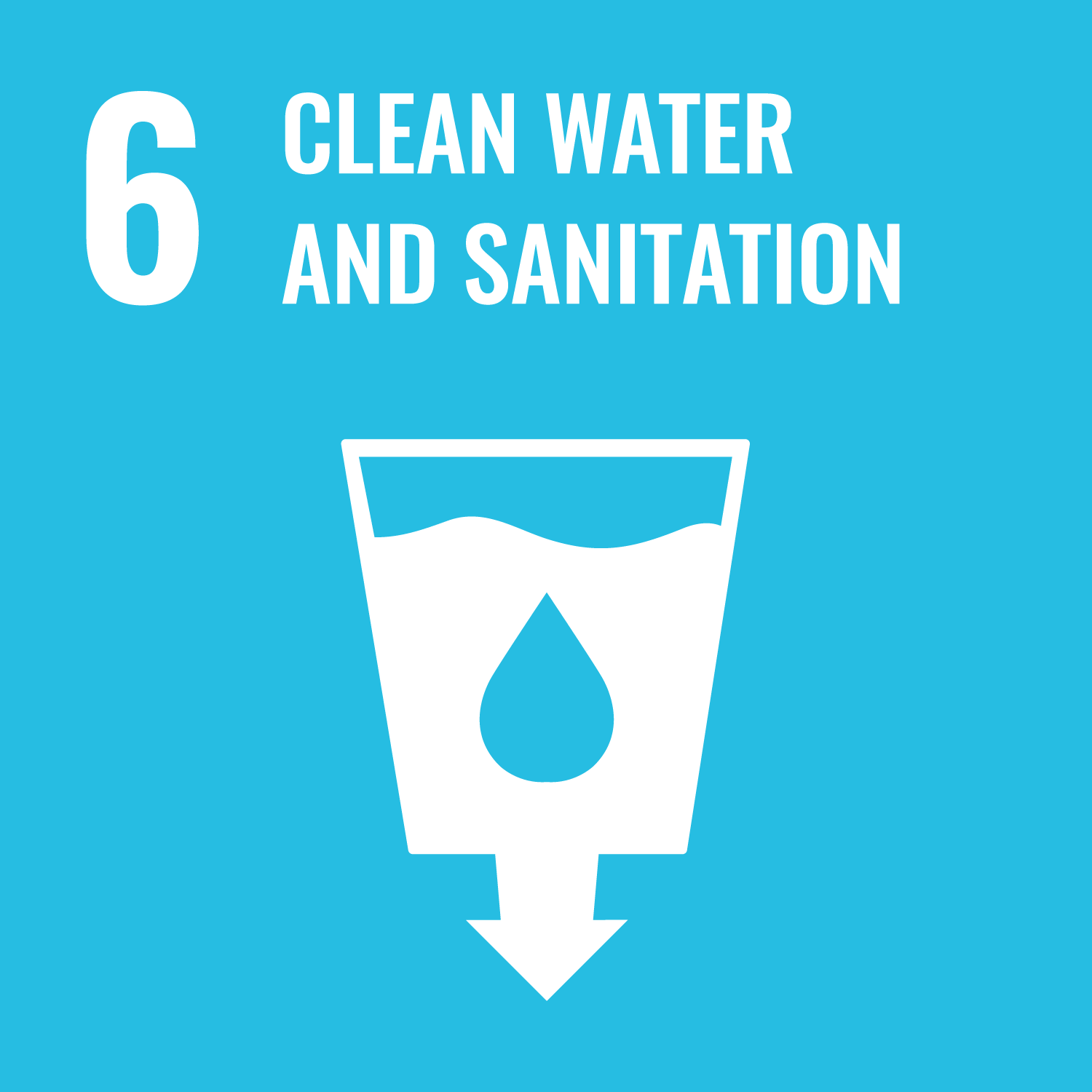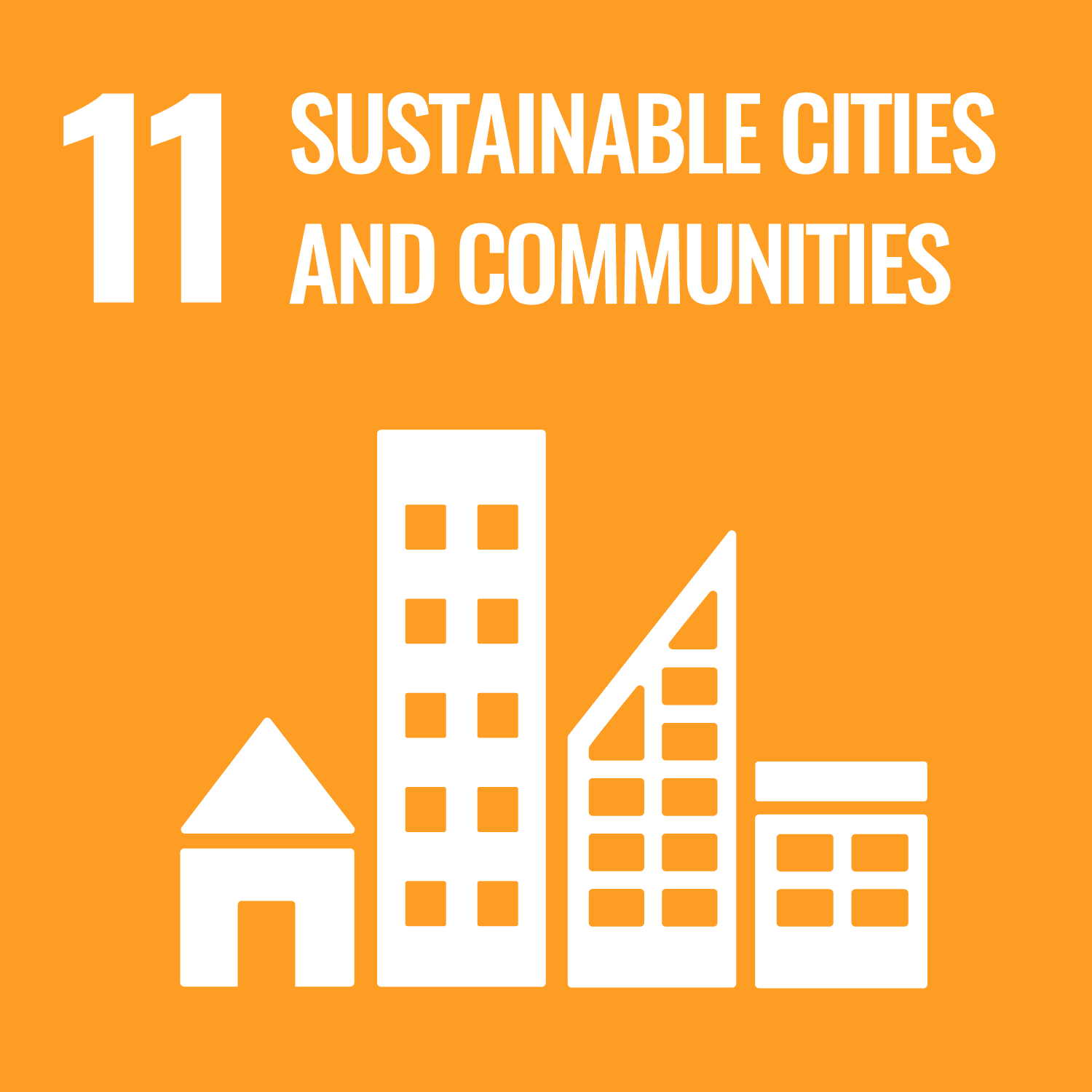ORCID
- Alistair G.L. Borthwick: 0000-0001-6053-7764
Abstract
AbstractSolute-induced river syndromes have grown in intensity in recent years. Here we investigate seven such river syndromes (salinization, mineralization, desalinization, acidification, alkalization, hardening, and softening) associated with global trends in major solutes (Ca2+, Mg2+, Na+, K+, SO42−, Cl−, HCO3−) and dissolved silica in the world’s large rivers (basin areas ≥ 1000 km2). A comprehensive dataset from 600 gauge stations in 149 large rivers reveals nine binary patterns of co-varying trends in runoff and solute concentration. Solute-induced river syndromes are associated with remarkable increases in total dissolved solids (68%), chloride (81%), sodium (86%) and sulfate (142%) fluxes from rivers to oceans worldwide. The syndromes are most prevalent in temperate regions (30~50°N and 30~40°S based on the available data) where severe rock weathering and active human interferences such as urbanization and agricultural irrigation are concentrated. This study highlights the urgency to protect river health from extreme changes in solute contents.
DOI Link
Publication Date
2021-01-01
Publication Title
Nature Communications
Volume
12
Issue
1
ISSN
2041-1723
Acceptance Date
2021-09-17
Deposit Date
2021-09-11
Embargo Period
2021-11-11
Recommended Citation
Wu, J., Xu, N., Wang, Y., Zhang, W., Borthwick, A., & Ni, J. (2021) 'Global syndromes induced by changes in solutes of the world’s large rivers', Nature Communications, 12(1). Available at: 10.1038/s41467-021-26231-w




